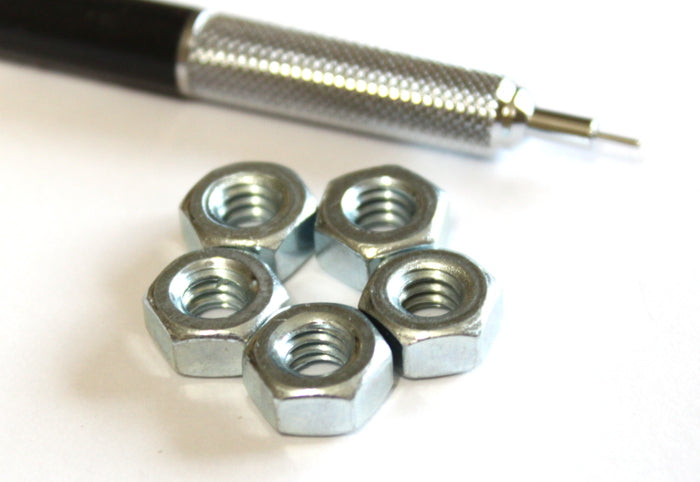1
/
of
2
BuildYourCNC
1/4" Hex Nut
1/4" Hex Nut
Regular price
$0.88 USD
Regular price
Sale price
$0.88 USD
Unit price
/
per
Couldn't load pickup availability
This 1/4" machine hex nut can mate with any of our 1/4" screws. The UNC (Unified National Coarse) is 1/4-20 and the UNF (Unified National Fine) is 1/4-28. The OD (outside diameter) is 0.430". You will need a 1/4" socket to tighten the nut.
Share




